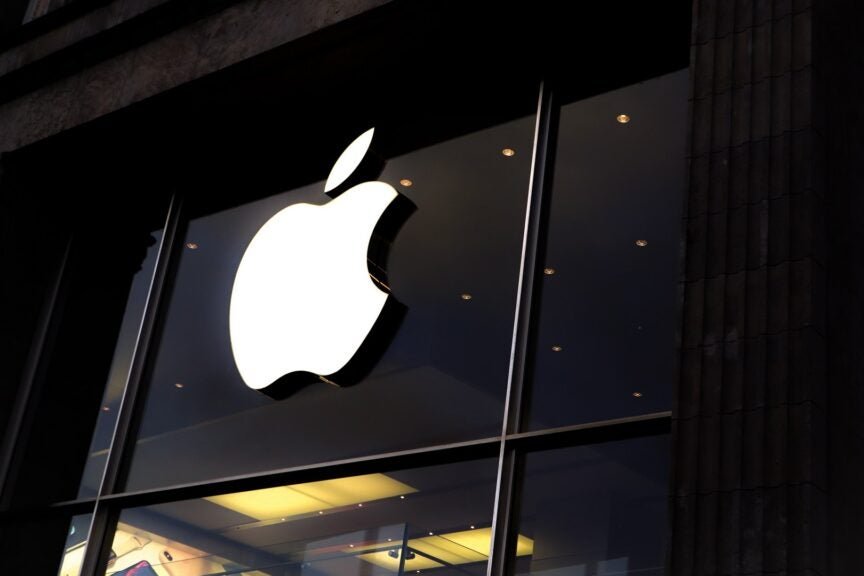Black Friday, the annual shopping extravaganza that follows Thanksgiving in the United States, has once again proven the resilience of consumers despite economic uncertainty. According to data released by Adobe Analytics, online sales on Black Friday reached a record $9.8 billion, representing a 7.5% increase compared to the previous year.
Electronics emerged as the major driver of growth, with sales in this category skyrocketing by 152% compared to the average daily sales in September. Among electronics, smartwatches, televisions, and audio equipment experienced significant jumps of 577%, 484%, and 376% respectively.
The data was compiled based on an analysis of online commerce transactions, covering over 1 trillion visits to U.S. retail sites, 100 million SKUs, and 19 product categories.
What is particularly interesting is the emergence of the “Buy Now, Pay Later” (BNPL) payment method. As inflation continues to erode real incomes, consumers turned to borrowing capital to stretch their holiday budgets. The report revealed a 72% increase in BNPL orders during the week of November 18-24 compared to the previous week, with BNPL revenue climbing by $79 million or 47% over the same period.
Companies offering BNPL services, such as Affirm Holdings, Apple, Block, and PayPal, are likely to benefit from this trend.
Several products emerged as hot sellers on Black Friday. Toys, including KidKraft playsets and Mattel Inc.’s Barbie Fashionista dolls, were among the bestsellers. Gaming consoles such as Sony Group Corporation’s PlayStation5, Microsoft Corp.’s Xbox Series X, and Nintendo Co., Ltd.’s Switch also experienced strong demand. Other popular items included Bluetooth headphones, smartphones, skin care products, cookware sets, and coffee makers.
According to Adobe, consumer spending is expected to continue, with an estimated $10 billion to be spent over the weekend. The firm projects $4.8 billion worth of online sales on Saturday and $5.2 billion on Sunday. Cyber Monday sales are anticipated to reach a record $12 billion, a 5.4% increase compared to the previous year.
Overall, the five-day period from Thanksgiving to Cyber Monday, known as Cyber Week, is predicted to generate sales of $37.2 billion, a 5.4% year-over-year increase, accounting for 16.8% of total holiday sales.
Adobe also highlighted the best days for bargain hunting in different product categories. Toys and apparel are expected to have discounts of 35% and 25%, respectively, on Sunday. Electronics and furniture will likely see discounts of 30% and 19% on Cyber Monday, while appliances may be available at a 20% discount on November 30. Sporting goods could be purchased at a 24% discount on December 4.
The report also revealed that 54% of all online sales on Black Friday were made through smartphones, up 10.4% from the previous year. Adobe predicts that online sales through smartphones will overtake desktop sales for the first time this holiday season.
Contrary to expectations, inflationary prices did not dampen online sales. Adobe stated that “strong consumer spending online continues to be driven by net-new demand and not higher prices.” The figures are not adjusted for inflation, but if online deflation were factored in, consumer spending growth would be even stronger.
The positive data from Black Friday should bode well for retail companies. Many retailers expressed caution regarding the holiday quarter, but the strong sales figures indicate that consumers are still willing to spend. Retail giant Walmart, for example, warned of increasing consumer caution as the holiday season approached. Apple also provided a lukewarm guidance for the December quarter, expecting flat year-over-year sales growth.
In conclusion, the resilience of consumers demonstrated on Black Friday, along with the emergence of new payment methods and the popularity of certain products, paints a picture of a buoyant consumer market despite economic uncertainty. The positive sales figures provide a much-needed boost for retailers and indicate a potentially successful holiday season ahead.





